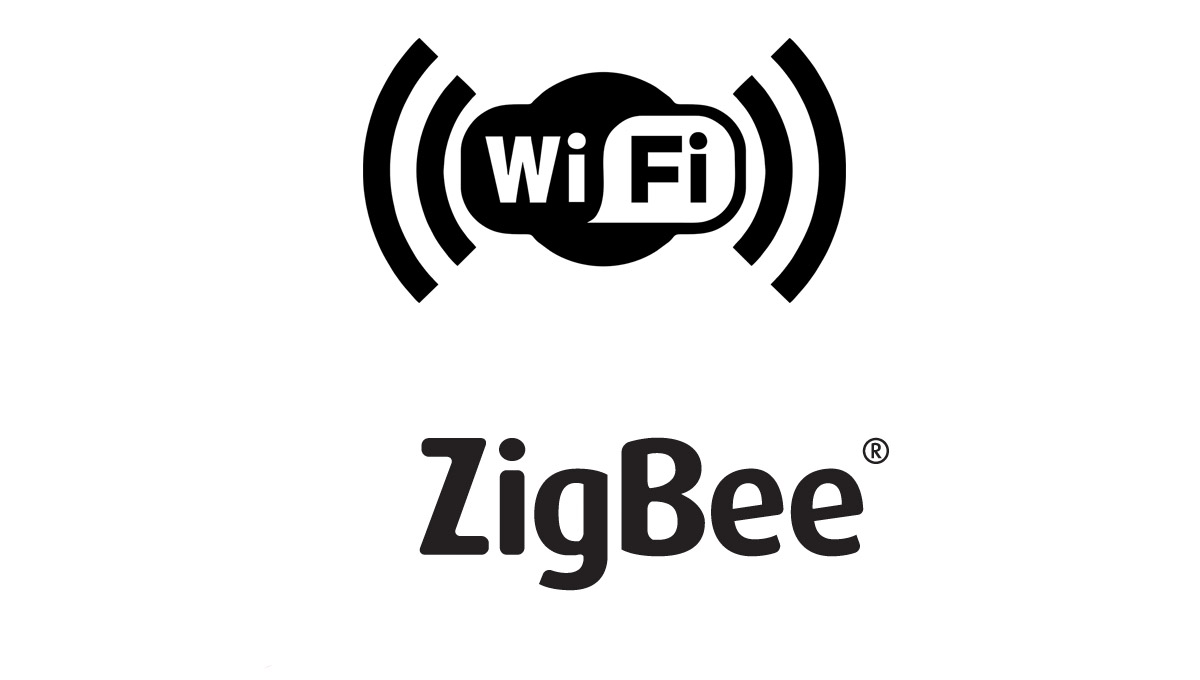Frequency and Transmission Speed:
- WiFi: Typically operates in the 2.4 GHz or 5 GHz frequency bands, offering high data speeds (up to several hundred Mbps).
- Zigbee: Usually uses the 2.4 GHz frequency band with lower transmission speeds (in the tens or hundreds of kilobits per second).
Power Consumption:
- WiFi: Devices may require higher power consumption due to the need for strong performance to support high-speed connections.
- Zigbee: Low-power, enabling devices to operate for longer periods on the same amount of energy.
Coverage and Network Topology:
- WiFi: Effective over short distances and relies more on a direct connection, meaning the device needs to be directly accessible through the WiFi network.
- Zigbee: With its lower transmission speed and network topology, Zigbee networks adapt well to extensive and complex environments. Devices can communicate with each other, extending the network coverage.
Number of Connected Devices:
- WiFi: Typically provides higher bandwidth and transmission speeds, but a WiFi network may efficiently serve a limited number of devices.
- Zigbee: Specifically designed for low data transfer speeds and a high number of devices, making it an excellent choice for smart homes with numerous small devices.
Both technologies find wide applications in smart homes, and the choice depends on specific requirements. Many smart home devices support both technologies, allowing users to choose the most suitable solution based on circumstances and preferences.










